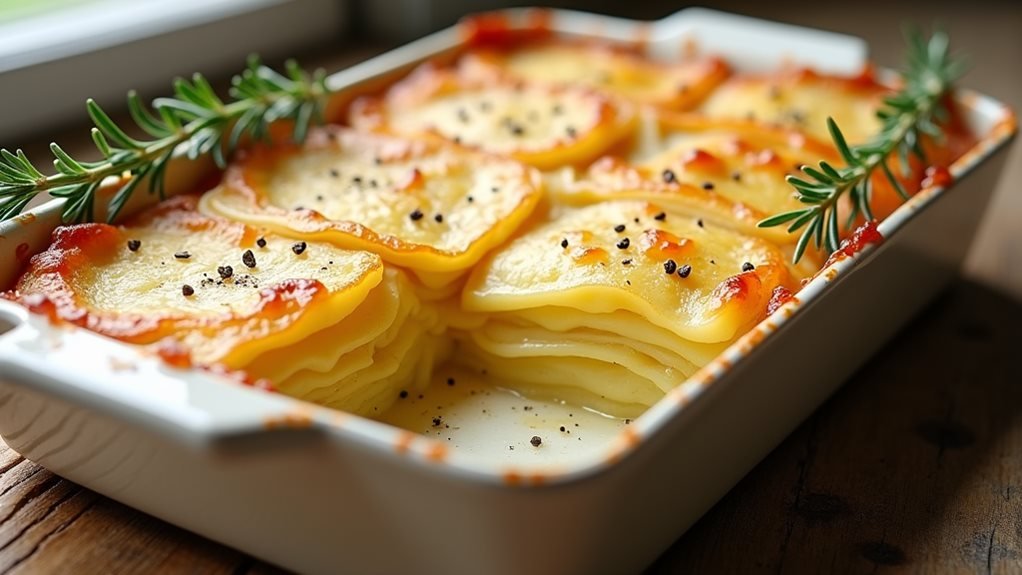Welcome Korean cuisine’s vibrant and bold flavors with the ideal comfort dish, kimchi fried rice by Gordon Ramsay. This dish is a testament to Korean food’s simplicity and depth of flavor, ideal for a quick weeknight meal or a flavorful addition to your culinary skills. You all will need the staple short-grain rice, prized for its sticky texture that binds the rich spices and tangy kimchi juice, creating a harmonious blend in every bite. Follow Gordon’s expert cooking guide, and together, you’ll master the art of making authentic kimchi fried rice that embodies the culture and history of Korean gastronomy.

Steak with Kimchi Fried Rice Recipe
Ingredients
- 2 6oz bavette (flank) steaks
- 1 tbsp hoisin sauce
- 1 tbsp soy sauce or tamari
- Vegetable oil for frying
- 140 g (scant 1 cup) kimchi from a jar, plus 1 tbsp of the juice
- 250 g (1⅓ cups) cooked jasmine or basmati rice
- 2 spring onions (scallions)
- 2 eggs
- 6 breakfast radishes or 5cm (2 inches) piece of daikon radish
- 2 tbsp black sesame seeds or nigella seeds
- 1 tsp chopped chili from a jar
- Sea salt and freshly ground black pepper
Instructions
- Heat a griddle pan or frying pan over high heat.
- Mix hoisin and soy sauce in a bowl, then add steak and stir to coat.
- When the pan is smoking hot, add some oil and cook the steaks on each side for 2-3 minutes.
- Meanwhile, heat a non-stick frying pan over medium heat with some oil. Chop kimchi and add it to the pan with rice. Stir to combine.
- Slice spring onions and add them to the pan with rice and kimchi.
- Flip the steaks and cook for another 2-3 minutes.
- Heat another non-stick frying pan over medium heat with some oil. Crack eggs and fry for 2 minutes until the whites are firm and crispy around the edges.
- Grate radishes into a bowl and season with salt. Stir in kimchi juice.
- Divide the rice between two bowls and top each with a fried egg, sesame seeds, salt, and pepper. Slice the steaks and place them next to the rice.
- Sprinkle chopped chili and spring onion greens over the bowls and serve with the radish salad on the side.
Video
Notes
What are the health implications of consuming kimchi and rice?
Kimchi and rice can be a healthy combination of a balanced diet. Kimchi is rich in vitamins A and C and contains beneficial probiotics due to its fermentation process. Rice, especially if it’s brown rice, provides carbohydrates and some fiber. However, the overall healthfulness will depend on portion sizes, the frequency with which one consumes this dish, and what additional ingredients (such as fats or sugars) are added during preparation.
Is consuming kimchi fried rice daily advisable?
Eating kimchi fried rice daily is not typically recommended as it can lead to an unbalanced diet. While kimchi is nutritious, fried rice is often high in calories and sodium, especially if prepared with added fats and sauces. Consuming various foods is important to ensure one gets a range of nutrients for good health. Moderation and variation are key to a healthy diet.
In what ways does Korean fried rice stand out?
Korean fried rice, or bokkeum-bap, often includes kimchi and is distinct due to its bold flavors, which come from gochujang (Korean chili paste), sesame oil, and garlic. It may also include a variety of other ingredients, such as vegetables, meats, and tofu. The rice is typically cooked until it develops a slightly crispy texture, and it’s usually served with a fried egg on top. This differs from other Asian fried rice dishes, which may use different seasonings, vegetables, and proteins.
What are suitable accompaniments for kimchi fried rice?
Kimchi fried rice pairs well with a variety of accompaniments. Common pairings include:
- Grilled meats, such as bulgogi (Korean marinated beef) or galbi (Korean short ribs)
- Fried or sunny-side-up eggs, which can be placed on top of the rice
- Seaweed salad or seasoned dried seaweed (gim)
- Additional pickled or fermented vegetables
- Tofu, either stir-fried or served cold with a soy dipping sauce
- Soup, such as doenjang jjigae (soybean paste stew) or miyeok guk (seaweed soup)







